I’m A Professional Garden Writer And These Are The 6 Plants I’d Never Grow Again
I've made a lot of mistakes in my gardens over the years, but deciding to grow these plants were some of the worst. Here are the 6 plants I'd never grow again.

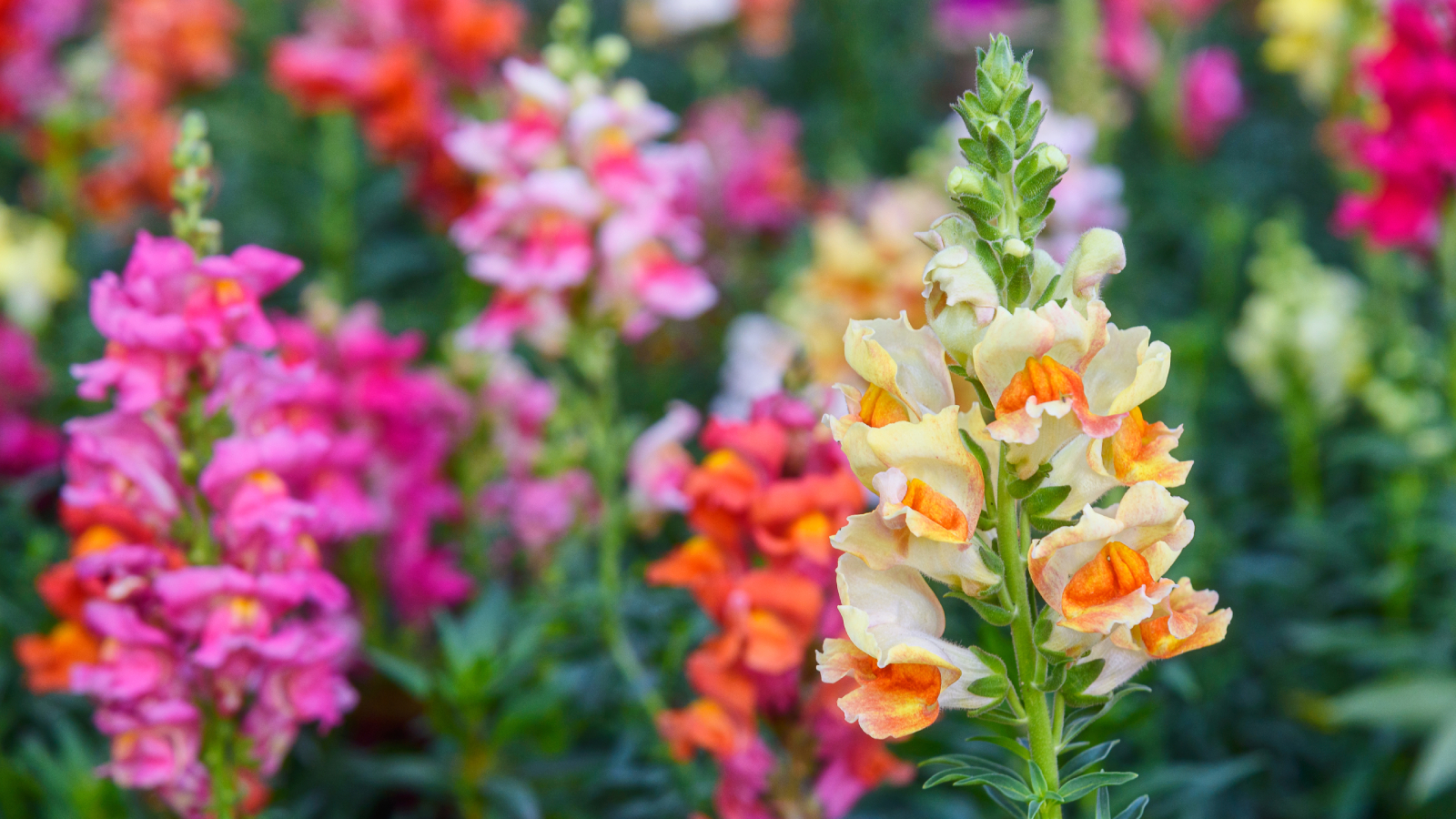
In my early days as a gardener, I made a lot of mistakes. The good thing about mistakes, though, is that we can learn from them. Without all my missteps I wouldn't have become the gardener I am today. However, there are a few mistakes I made that I will never repeat, or rather a few mistake plants I'll never grow again.
There were the invasive plants that no one should ever buy at the garden center, the plants that grew out of control and required constant pruning, the ones that self-seeded and became huge nuisances, the ones that covered my whole patio, the high-maintenance plants, and the many others I would never use in my garden again.
But one of the best things about age is wisdom. Years of gardening have taught me many things, and one of those is which plants to avoid. I have to admit, though, that I let out a little evil chuckle as I wrote this thinking of the unintended disasters I left behind at all the houses where I used to live.
I apologize to the owners of my previous homes. Good luck undoing my gardening misadventures. For those of you hoping to learn from my mistakes, read on to learn about the most aggressive plants I’ve come across—and then avoid them at all costs.

Grow plants our gardening pros adore! Cultivate peace of mind when you select expert-curated plants from the Gardening Know How Shop.
I’ll Never Grow These Plants Again
Don’t make the same mistakes I did when I decided to grow these six plants. Here are the worst plants I’ve ever grown and will never plant again.
1. Blue Star Creeper
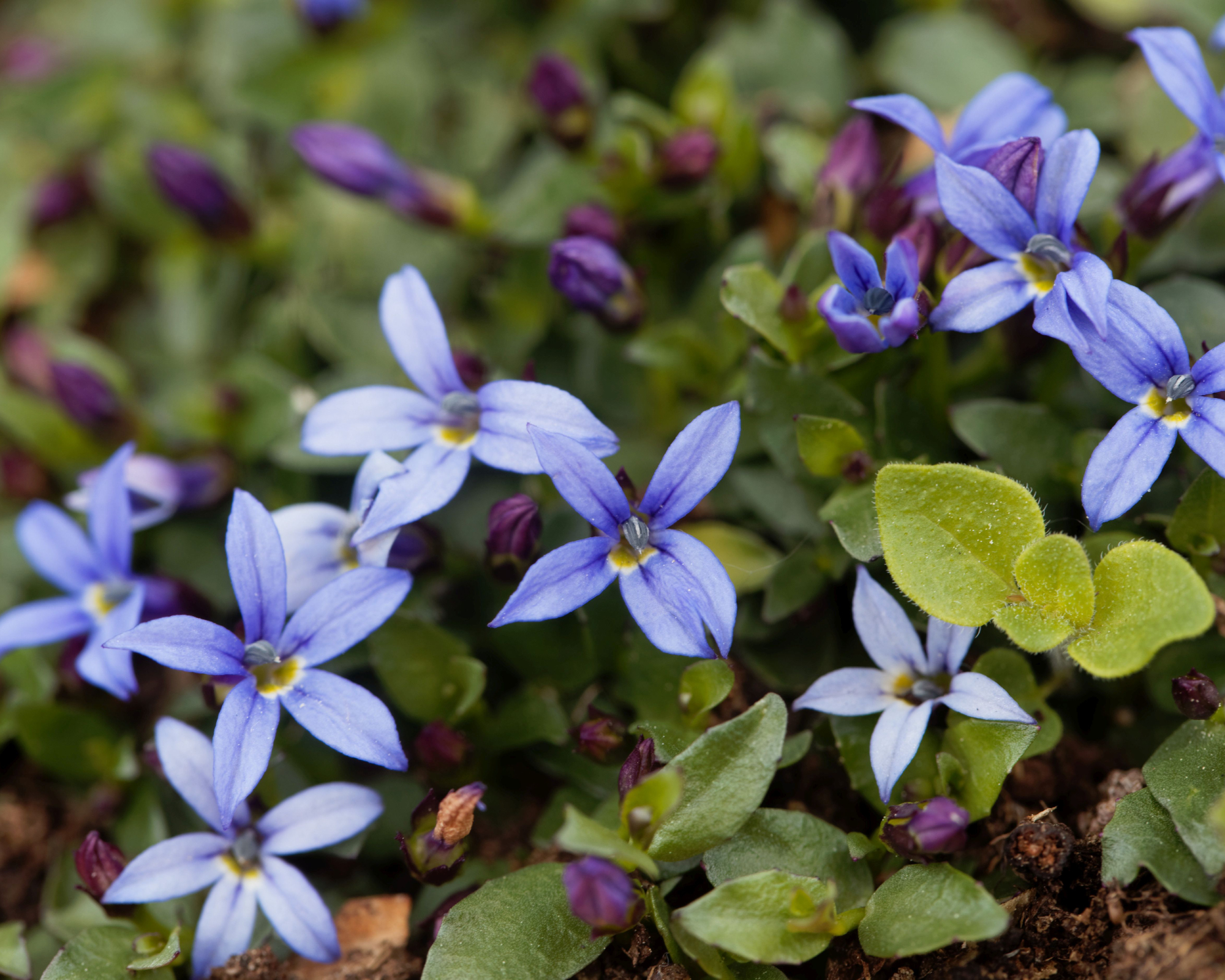
The first plant on my list is blue star creeper. At one of my old houses, I had hand-mixed and poured a new cement patio. The stones looked like cobblestone and I wanted some low-growing ground cover plants for in between the pavers. I selected blue star creeper because of its charming flowers and tiny leaves.
It spread nicely the first year but by the second, the plant was out of control. It liked its new home in the sand so much that it began to cover over my carefully constructed pavers.
Sign up for the Gardening Know How newsletter today and receive a free copy of our e-book "How to Grow Delicious Tomatoes".
Every year I got out there with my hori hori knife, like this durable choice from Garden Guru, diligently digging out the blue star creeper from all over the pavers. It then escaped that patio and began to show up in my garden beds. I swear, for every plant I removed, 200 more appeared. Never again.
2. Bamboo
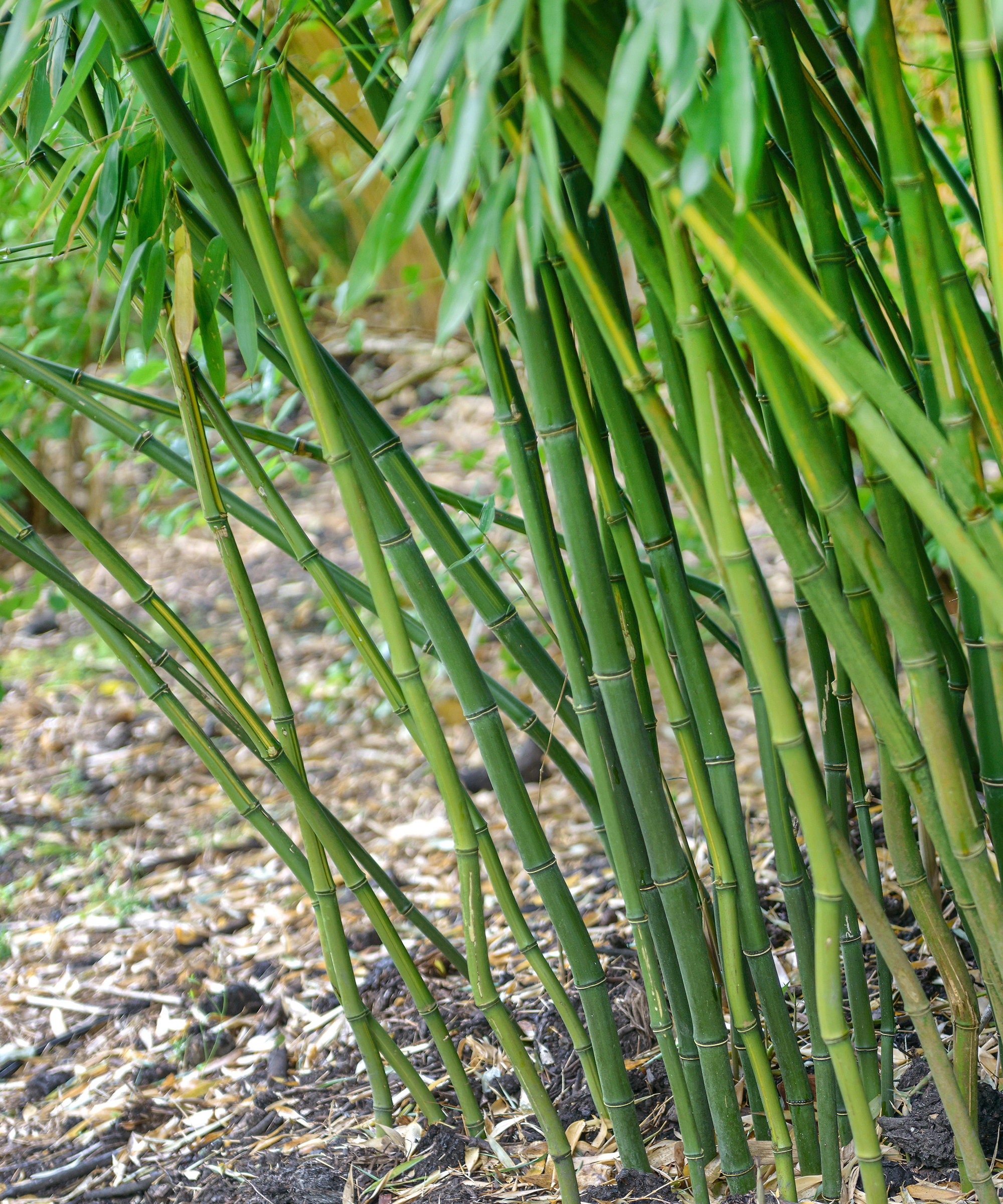
Beware of plants your friends gift you. I got a potted bamboo from someone who assured me it was clumping bamboo and not the runner type. They didn’t know and neither did I since it was a baby plant.
I planted the bamboo along the fence where it matured over a couple of years. I soon noticed it was sending shoots up through the lawn several feet away. I know they say “right plant, right place,” but there is no right place for running bamboo in suburbia. And no easy way to kill bamboo either.
It became a major problem for me and even sparked an issue with my neighbor. We finally joined forces and dug out as much as we could. I sold the house soon after, though I have a sneaking suspicion the bamboo is back.
3. English Ivy

There are good ivies and bad ivies. But be assured, English ivy is definitely a bad character. This plant was supposed to be a solution to the ornamental plums the city planted and I was supposed to maintain. I didn’t want to spend a lot of time weeding the sidewalk strip so I put in some ivies to eventually cover and choke out weeds. And boy, did they!
There was a sidewalk separating this area from my personal garden, but that didn’t stop this invasive vine from escaping. You see, the plum trees were a haven for birds. The birds transported the ivy seeds all over my garden. Soon there were unwanted patches of the stuff everywhere.
Have you ever tried to get rid of English ivy? It scoffs at hand-pulling, sneers at herbicides, and redoubles its growth as you try to impede it. It’s a monster.
4. Mint

I adore mint for cooking! I like to make many Middle Eastern dishes that feature mint, so I wanted fresh herbs right at hand. My last home was in the middle of nowhere and we only went to the grocery once a month, so a homegrown supply of herbs was essential.
I knew that mint is invasive and has the ability to spread, so I put it in an unused portion of the fence we barely looked at. It did well in the full sun there and when it bloomed, the bees just loved it.
Things went well for two years, then I started noticing mint in unlikely areas. It volunteered in my thyme patch, it showed up in my pathway, but the last straw was when it invaded the lawn. If you simply must have it, grow mint in a pot.
5. Wisteria
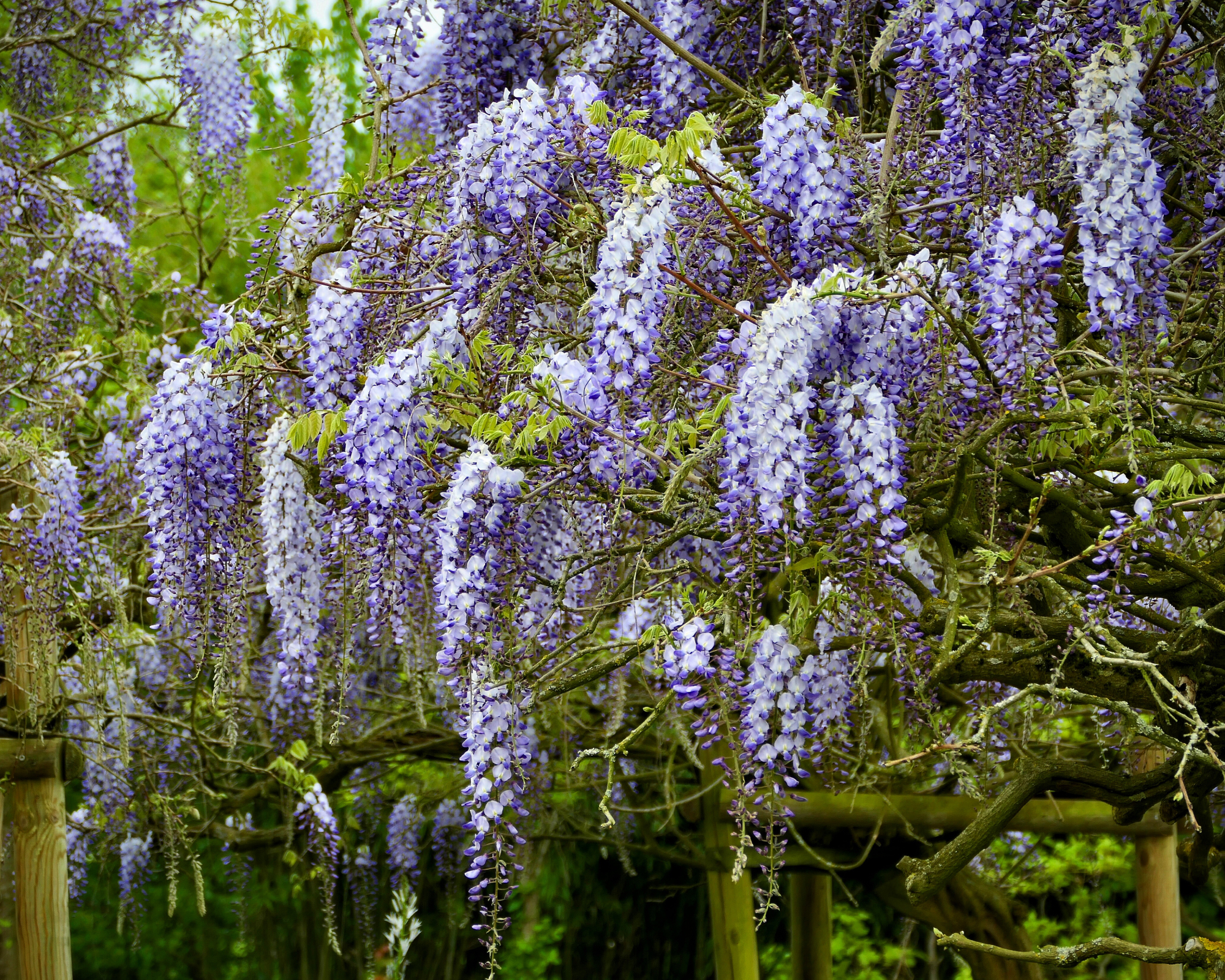
Wisteria. Just the name gives me shudders now. I know it’s hard to believe because it’s such a beautiful and elegant plant, especially when it’s covered with those glorious purple blooms. Wisteria is almost irresistible to the novice gardener, but don’t give into the temptation like I did.
At our first home, we had a lattice fence that had seen better days. I thought I’d plant a wisteria there to cover the fence and bedazzle it. The first year things went as planned and the lacy leaves and outstanding flowers were delightful. Just what I wanted!
But over the years, the stems twisted and became woody. By year three, it had destroyed the fence and we had to cut out the plant and build a whole new fence. However, cutting out the plant didn’t stop its growth. The thing was back again the next year. Every year, I would go out and brutally chop out any signs of life, but there is no stopping the incredible growth rate of wisteria.
Instead of planting an invasive exotic variety of wisteria, try a native cultivar like ‘Amethyst Falls’ from the Gardening Know How Shop.
6. Snapdragon
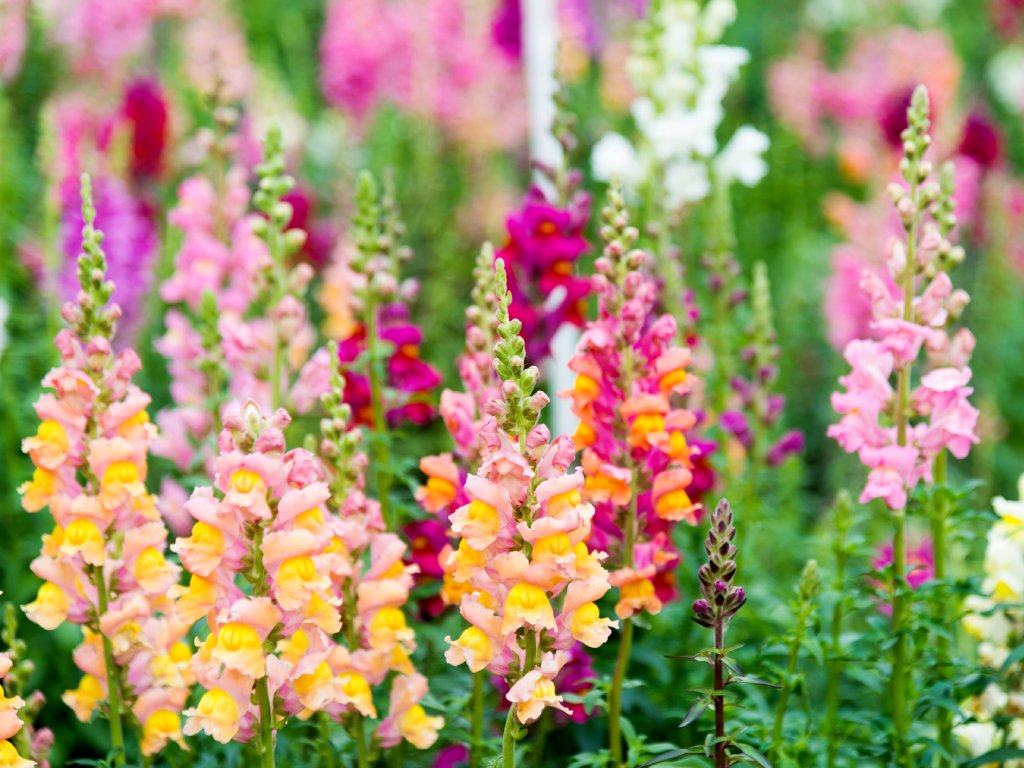
This plant may seem like an unlikely one to make my list, but it truly deserves a spot as one of the worst plants I’ve ever grown. Sure, snapdragons are charming at first—they come in tons of colors, are easy to care for, inexpensive, and simple to grow from seed.
I was just plant shopping the other day and the rows of snapdragons were enchanting. However, I fought the urge because I know they are wolves in sheep’s clothing. But the worst part of my struggle with snapdragons is that I didn’t even plant them.
In my last garden, someone else planted them before I ever got there. I recognized the snapdragon seedlings when they were young as I weeded. I left them alone because they are truly charming. Fast forward a few years and I was finding snapdragons everywhere.
Now I look back at that house and want to send an apology, even though I didn’t start the problem. But for all the other plants on this list, just know that if you bought one of my previous homes, I am truly sorry.
This article features products available from third party vendors on the Gardening Know How Shop. Keep in mind that our plant inventory is limited—so if you’re thinking of purchasing, don’t wait!

Bonnie Grant is a professional landscaper with a Certification in Urban Gardening. She has been gardening and writing for 15 years. A former professional chef, she has a passion for edible landscaping.